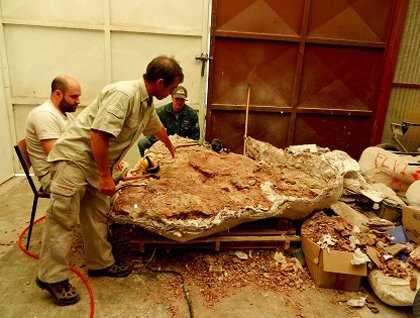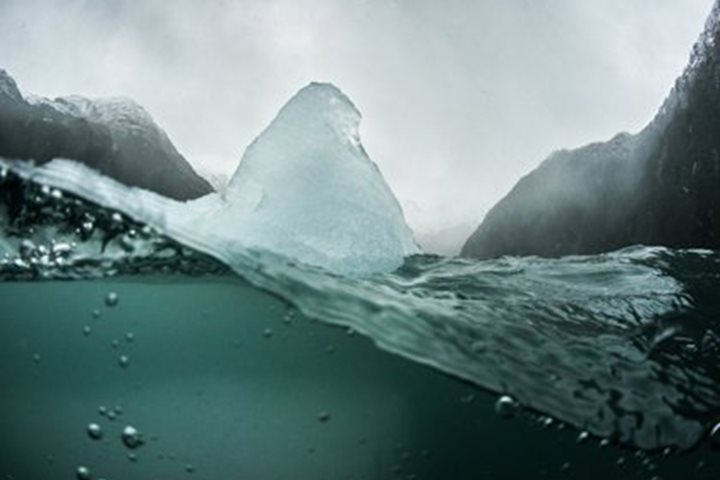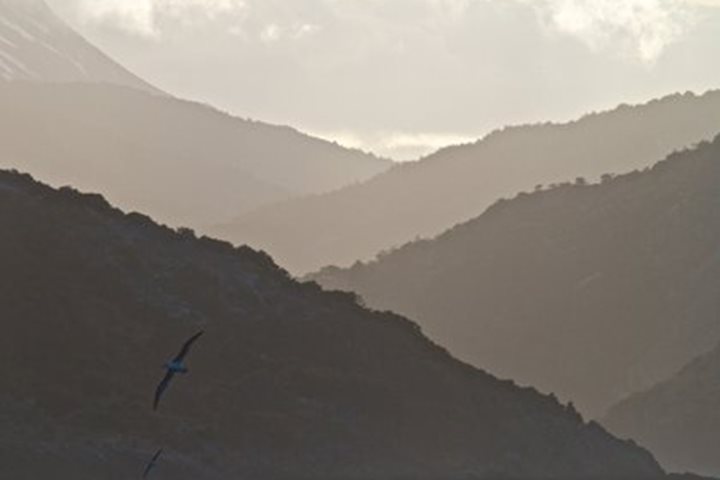Even storm clouds have silver linings and having an extra day to explore in the vicinity of Puerto Madryn turned out to be just such an occasion. The landscape of Patagonia has become a cultural artifact that sells a large volume of outdoor clothing and inspires a host of gap-year adventures. We may point a finger of blame here at Pigafetta , the Venetian intellectual who accompanied Ferdinand Magellan in these southern latitudes and who wrote a fantastical account of his experiences, including accounts of the giant- footed natives, Pata Gones, after whom the territory is now named. So fanciful was Pigafetta’s log, published in 1524, that Gabriel García Márquez acknowledged it as inspiration for his own magical realism and romanticized accounts of Patagonia have been in continuous production through to Bruce Chatwin and beyond.
There were other views. Captain Pringle Stokes, first captain of HMSS Beagle, was driven to suicide by the desolation of the landscape and its howling winds, creating the opportunity for Charles Darwin to travel with Stokes’ successor Captain Robert FitzRoy who had his own a morbid fear of ‘the family tendency to melancholy’ and sought a gentleman traveling companion for his second voyage. Darwin, as he sailed this coast on HMSS Bagle, reading the second volume of Charles Lyell’s Principles of Geology that had been sent out to him in Montevideo, was fascinated both by the uniqueness of the landscape and the abundance of fossils that it contained.
There was no Puerto Madryn when HMSS Beagle sailed by. The founding of this town came with the arrival of band of Welsh settlers on the converted tea clipper Mimosa in 1865. They were an unlikely group of pioneers: teachers, coalminers, Congregational ministers with their flocks, together seeking a remote land in which their culture, which they believed to be in mortal danger at home, might be preserved. And so it has been: today those of us who enjoyed the Welsh tea in Gaiman heard Welsh spoken by some of the descendants of the first pioneers, now bilingual in Welsh and Spanish. Their settlement in the Chubut valley now an area of rich agricultural production for the region thanks to irrigation schemes pioneered by the Welsh.
In Trelew (the name means Lewis’ Town in Welsh, named after Lewis Jones one of the pioneer settlers) we visited the Egidio Feruglio Palaeontological Museum, a world-class collection currently being augmented by the largest dinosaur fossil ever to have been discovered. We were truly privileged to have a private tour of the laboratory where the work of recovery and assemblage is going on, an exciting opportunity enjoyed by all.
Another option was a visit to the largest colony of Magellanic penguins in South America at Punta Tombo. Interesting the most reputable dictionaries on both sides of the Atlantic show the etymology of the word penguin as deriving from the Welsh words pen and gwyn, meaning ‘head’ and ‘white’, strange when all seventeen species of penguin - at my last count - share a common identifier, heads that are black!









